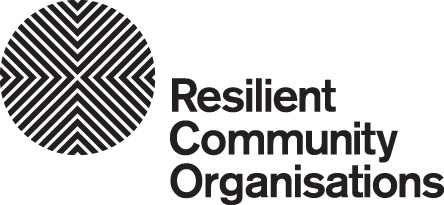Plan for Disasters and Emergencies
There are very practical ways that organisations manage their risks from disasters and emergencies. While each organisation and the risks to be managed will be different, it is useful to have a plan for disasters and emergencies.
The Disaster Plan might usefully be structured according to the Six Steps to Disaster Resilience identified in this resource, for example:
Step 1: Leadership
-
Mandate & approach
-
Goal to be achieved
-
Roles: staff and volunteer
Step 2: Building networks
-
Local Emergency Management Committee & Plan & Emergency services
-
Community organisations
-
Identifying vulnerable clients
Step 3: Know your risks
-
Past and possible future disasters and emergencies
-
Risk register (resources)
Step 4: Manage your risks
-
Prevention and Adaption Strategies
-
Risk Register (for your organisation)
-
Business Continuity Plan
-
Insurance
-
Preparing for community recovery
-
Disaster and emergency policies and procedures
-
Triggers and key messages identified and communicated
Step 5: Preparing others
-
Staff and volunteer awareness and knowledge
Step 6: Learning and improving
-
Testing, monitoring and reviewing
-
Learning and sharing
Each of the Six Steps includes content relevant for the Disaster Plan.
A useful starting point for writing your own Disaster Plan is the Disaster Plan Template that you can find in the 'Downloads' section below and throughout the Six Steps.
The following sections provide detail about:
- Prevention and Adaption Strategies
- Business Continuity Plan
- Insurance
- Preparing for recovery
- Disaster and emergency policies and procedures
- Triggers and key messages identified and communicated
What Makes a Good Disaster Plan Great?
It’s relevant: Your comprehensive risk assessment (Step 3) will have identified the risks your organisation is exposed to and will therefore help you create a robust emergency plan.
It makes sense! Keep your language simple and don’t make your plan unnecessarily complex. Think about the needs of the people within your workplace; what is the best way to communicate your emergency plan with them?
It remembers your staff and volunteers who may work offsite. Many community organisations provide outreach services which can place people in dangerous situations so it is essential that they are included in your emergency plan too.
It has a trigger point: a plan is only useful if it is put into action. Therefore it is important that all of your team know when to enact emergency procedures.
It is proactive: take action before the emergency to reduce the risk. For example, if you know it will be challenging for you to care for and potentially evacuate clients from your premises during a bushfire or cyclone and you have been advised that the next day is a day of extreme risk contact your clients and tell them not to come in. Formalise these arrangements in policies so they actually happen.
It’s realistic: We’ve all worked in organisations that only have one evacuation point, it’s usually a carpark or park down the road. That’s great if your building is the only one affected, but what if it’s not? Evacuating to the car park isn’t going to be much help in a bushfire or a flood. Be realistic about the types of risks you have identified and create plans that provide appropriate evacuation options. Don’t be afraid to ask for help; seek advice from your local emergency services.
It doesn’t assume: Firstly, emergency services will not always be able to come rushing to your aid. If there is a larger scale emergency underway they will be very busy responding to the hazard. For example, in a bushfire your local fire brigade will be at the fire front; they won’t necessarily be in your car park determining ways to transport your staff, volunteers and clients; that is your organisation’s responsibility. Speak to your local emergency services to develop effective plans. Secondly, if you are planning to evacuate to a particular site or to share evacuation transport with another organisation, make sure you let them know! It has happened, some CSOs have assumed that they would be able to evacuate to a location but failed to discuss this beforehand only to arrive in an emergency to be advised they and their clients cannot be accommodated. Communication is key!
It works: Don’t wait until an emergency strikes to figure out that your plan doesn’t work or no one knows what it is – practice it and put it to the test in regular drills.





